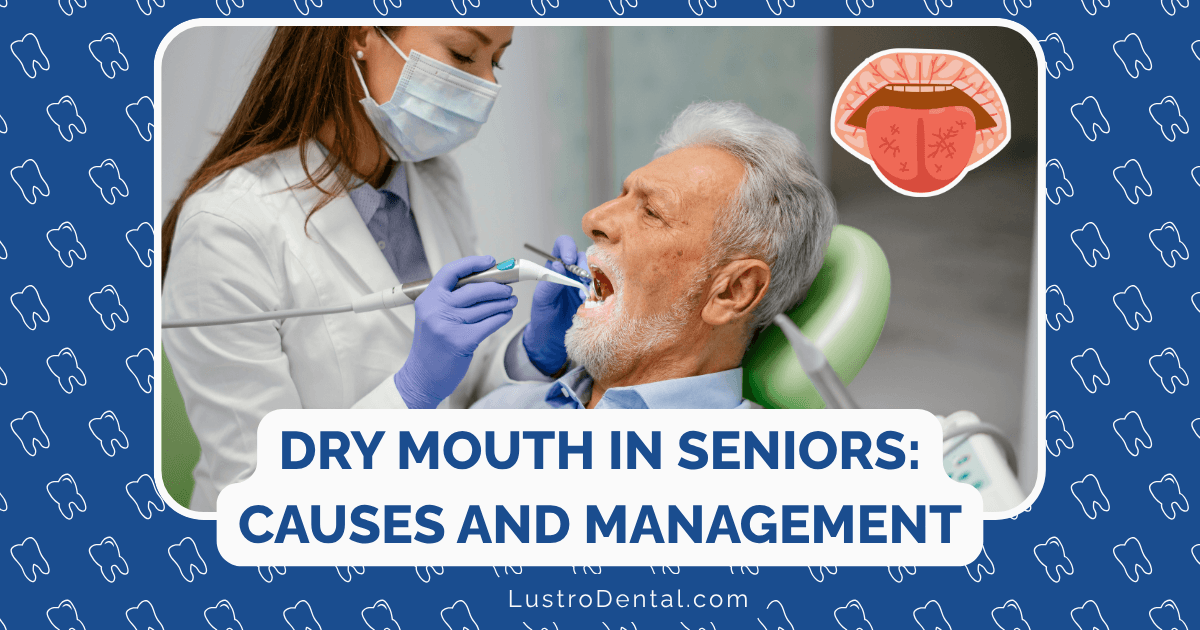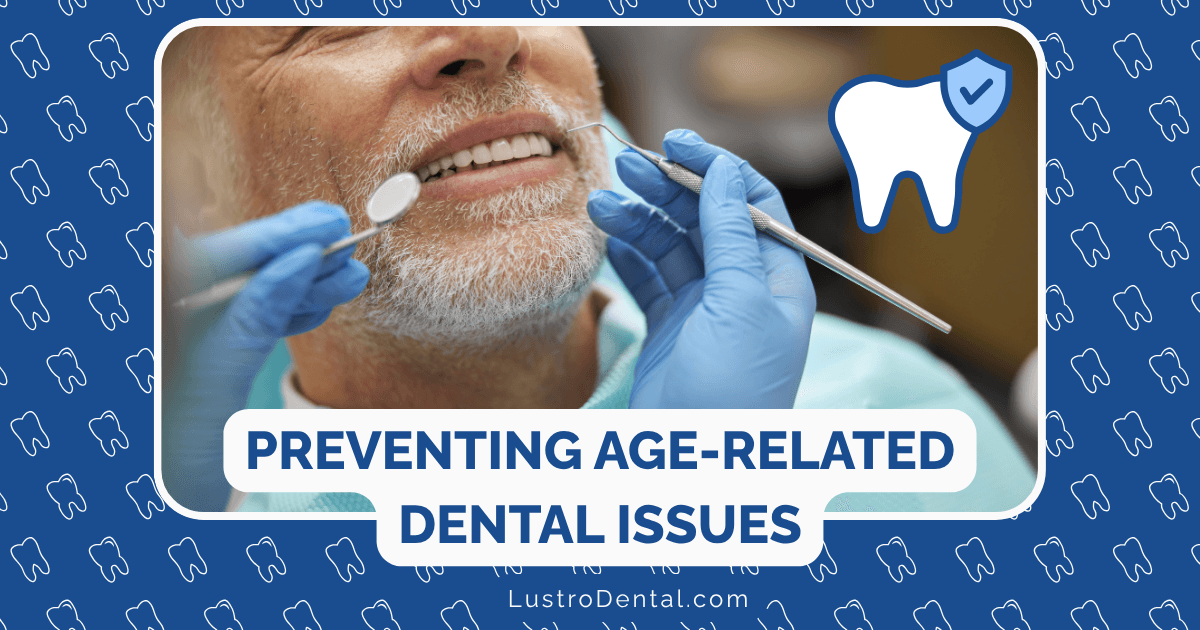Wisdom Teeth Monitoring: What Parents of Teens Should Know

As your child navigates the already complicated teenage years, there’s another development happening behind the scenes (and sometimes painfully in the spotlight): wisdom teeth. These third molars are the final permanent teeth to emerge, typically making their appearance between ages 17 and 25—right when teens are juggling school, social lives, and increasing independence.
For parents, understanding when and how to monitor these late-blooming teeth can prevent painful complications and expensive emergency procedures. Let’s dive into what you need to know about wisdom teeth monitoring to help your teen navigate this dental milestone with minimal disruption.
What Are Wisdom Teeth and Why Do They Matter?
Wisdom teeth, or third molars, are the final four permanent teeth to erupt in the back corners of the mouth—two on top and two on bottom. They earned their name because they typically appear during the “Age of Wisdom” or young adulthood.
Dr. Sarah Chen, pediatric dentist at Children’s Dental Health Center, explains: “Wisdom teeth are evolutionary remnants from when our ancestors needed larger jaws and more molars to chew tough, uncooked foods. Today, with our modern diet and smaller jaws, these teeth often don’t have enough room to emerge properly.”
This lack of space can lead to several issues that parents should be aware of:
- Impaction: Teeth become trapped in the jawbone or under the gums
- Partial eruption: Creates openings for bacteria to enter around the tooth
- Crowding: Can damage adjacent teeth or undo previous orthodontic work
- Cyst formation: Fluid-filled sacs that can damage the jawbone and nearby teeth
- Infection: Particularly common with partially erupted wisdom teeth
According to the American Dental Association, monitoring wisdom teeth development is essential even when teens aren’t experiencing symptoms, as problems can develop silently until they become serious.
When to Start Monitoring Wisdom Teeth
The journey of wisdom teeth begins long before they actually emerge. Dr. Michael Rodriguez, orthodontist at Adolescent Dental Associates, notes: “Wisdom teeth start forming in the jawbone around ages 12-16, though they’re not usually visible on X-rays until they begin developing roots between ages 14-16.”
This timeline provides a roadmap for monitoring:
- Ages 12-14: Initial development begins (not yet visible on X-rays)
- Ages 14-16: First appearance on panoramic X-rays
- Ages 17-21: Typical eruption period
- Ages 21-25: Late eruption (if they emerge at all)
The American Association of Oral and Maxillofacial Surgeons recommends that all teens have a wisdom teeth evaluation by age 16-18. This timing is strategic—early enough to detect potential issues before they cause problems, but late enough that the teeth have developed sufficiently to make accurate assessments.
The Monitoring Process: What to Expect
Regular Dental Check-ups
The foundation of wisdom teeth monitoring is consistent dental visits. The American Dental Association recommends:
- Routine dental exams every six months
- Annual panoramic X-rays during the teen years to track wisdom tooth development
- More frequent monitoring if issues are detected
During these visits, dentists evaluate:
- Position and angle of developing wisdom teeth
- Available space in the jaw
- Potential for impaction or crowding
- Signs of early problems like cysts or infection
X-Ray Frequency and Types
X-rays are the primary tool for monitoring wisdom teeth, as they allow dentists to see what’s happening beneath the gums. According to recent dental guidelines, the recommended X-ray schedule for teens includes:
- Panoramic X-rays: Typically taken at ages 12-14 as a baseline, then again at 16-20 specifically for wisdom teeth evaluation
- Bitewing X-rays: Every 12-18 months to check for cavities between teeth
- Cone Beam CT scans: Only in specific cases where more detailed imaging is needed
Dr. Emily Warren, radiologist at Dental Imaging Specialists, reassures parents: “Modern dental X-rays use minimal radiation. The radiation exposure from a panoramic X-ray is comparable to what you’d receive during a short airplane flight. The benefits of early detection far outweigh the minimal risks.”
Signs and Symptoms to Watch For
Between dental visits, parents should be alert for these potential warning signs:
- Pain or tenderness in the back of the mouth
- Swelling of the gums or face
- Difficulty opening the mouth fully
- Persistent bad breath or unpleasant taste
- Headaches or jaw pain, particularly in the morning
- Shifting of other teeth or changes in bite
- Food frequently trapped behind the last molars
James Peterson, whose 17-year-old son recently had wisdom teeth removed, shares: “We noticed Kyle was constantly complaining about food getting stuck in the back of his mouth. He also started having headaches that seemed to radiate from his jaw. These were our first clues something was happening with his wisdom teeth.”
Making Decisions: To Remove or Not to Remove?
One of the most common questions parents have is whether wisdom teeth need to be removed. The answer isn’t one-size-fits-all.
When Removal May Be Recommended
According to the American Association of Oral and Maxillofacial Surgeons, wisdom teeth removal may be advised when:
- X-rays show they’re impacted or growing at problematic angles
- There’s insufficient jaw space for proper eruption
- They’re causing pain, infection, or damage to adjacent teeth
- They’re contributing to gum disease or decay that can’t be effectively treated
- They pose a risk to orthodontic treatment results
- They’re associated with cysts or tumors
When Monitoring May Be Sufficient
Not all wisdom teeth require extraction. Continued monitoring may be appropriate when:
- Wisdom teeth have fully erupted in proper alignment
- They’re functional and can be properly cleaned
- There’s no evidence of disease, decay, or damage to other teeth
- The patient can maintain good oral hygiene, including the area around wisdom teeth
“The trend in dental medicine has shifted somewhat,” explains Dr. Lisa Chen, oral surgeon at University Dental Hospital. “Rather than automatically removing all wisdom teeth, we’re now more selective, focusing on those that are likely to cause problems. Healthy, properly positioned wisdom teeth can sometimes be left in place with regular monitoring.”
Timing Considerations: Why the Teen Years Matter
If wisdom teeth removal is recommended, timing can be crucial. The optimal window is typically between ages 16 and 20, for several important reasons:
- Root development: Roots are not fully formed, making extraction less complicated
- Bone density: Younger patients have less dense jawbone, allowing for easier removal
- Healing capacity: Teenagers generally heal faster than older adults
- Fewer complications: The risk of surgical complications increases with age
- Minimal disruption: Scheduling during summer breaks or school holidays allows for recovery without missing school
A 2024 study in the Journal of Oral and Maxillofacial Surgery found that patients who had wisdom teeth removed before age 20 experienced 60% fewer complications and significantly faster recovery times than those who waited until after age 25.
Preparing Your Teen for Wisdom Teeth Evaluation
Knowledge reduces anxiety. Here’s how to prepare your teen for wisdom teeth monitoring:
Before the Appointment
- Explain the process: Describe what happens during a wisdom teeth evaluation
- Address concerns: Discuss any fears or questions they might have
- Gather information: Note any symptoms they’ve experienced
- Review history: Bring orthodontic records if they’ve had braces
Questions to Ask the Dentist
Encourage your teen to participate in their dental care by preparing questions:
- Are my wisdom teeth developing normally?
- Is there enough space for them to emerge properly?
- What potential problems should we watch for?
- How often should we monitor with X-rays?
- If removal is recommended, what’s the ideal timing?
- What would happen if we decided to wait and monitor instead?
If Extraction Is Recommended: Decision-Making and Preparation
If your dentist recommends wisdom teeth removal, consider these factors:
Timing Options
- School breaks: Summer vacation or winter break allows recovery time
- Sports schedules: Avoid extraction during competitive seasons
- College planning: Consider whether pre-college extraction makes sense
- Insurance coverage: Check if your teen will age out of dental insurance
Preparing Your Teen
- Explain the procedure: Understanding reduces anxiety
- Discuss anesthesia options: Local anesthesia, sedation, or general anesthesia
- Plan recovery time: Typically 3-7 days of reduced activity
- Arrange transportation: They’ll need someone to drive them home
- Prepare recovery supplies: Soft foods, ice packs, prescribed medications
Taylor Martinez, whose 16-year-old daughter had her wisdom teeth removed, advises: “Stock up on yogurt, applesauce, and ice cream beforehand. Have pain medication ready before the anesthesia wears off. And download some movies or shows—recovery is boring for teens used to being active.”
Post-Extraction Monitoring: A Parent’s Role
If your teen does have wisdom teeth removed, your monitoring role continues:
Immediate Recovery (First 24-48 Hours)
- Bleeding control: Ensure gauze pads are changed as directed
- Pain management: Administer prescribed pain medication on schedule
- Ice application: Apply ice packs to reduce swelling (20 minutes on, 20 minutes off)
- Diet supervision: Ensure they stick to soft, cool foods
- Activity limitation: Discourage strenuous activity and exercise
Ongoing Recovery (3-7 Days)
- Oral hygiene: Help them follow cleaning instructions to prevent infection
- Medication management: Ensure antibiotics are taken as prescribed if ordered
- Warning signs: Monitor for signs of infection (increased pain, swelling, fever)
- Follow-up appointments: Ensure they attend post-operative check-ups
Red Flags That Require Immediate Attention
Contact your oral surgeon immediately if you notice:
- Excessive bleeding that doesn’t stop with pressure
- Severe pain not controlled by prescribed medication
- Swelling that worsens after 2-3 days
- Fever over 100.4°F (38°C)
- Numbness that persists beyond 24 hours
- Difficulty swallowing or breathing
Financial Considerations and Planning
Wisdom teeth monitoring and potential extraction have financial implications:
Insurance Coverage
- Most dental insurance plans cover routine X-rays for monitoring
- Extraction coverage varies widely between plans
- Typically, medically necessary extractions have better coverage than preventive ones
- Pre-authorization may be required
Typical Costs (2025 Estimates)
- Panoramic X-ray: $100-$250
- Simple extraction (fully erupted tooth): $75-$200 per tooth
- Surgical extraction (impacted tooth): $225-$600 per tooth
- Full removal (all four wisdom teeth): $800-$2,000
- Sedation/anesthesia: Additional $200-$800
Many oral surgeons offer payment plans or financing options for families without insurance or with limited coverage.
The Bottom Line: Proactive Monitoring Makes a Difference
Wisdom teeth monitoring is about being proactive rather than reactive. Regular dental visits during the teen years allow for:
- Early detection of potential problems
- Strategic planning for any necessary procedures
- Minimizing disruption to your teen’s academic and social life
- Preventing emergency situations that are both painful and expensive
Dr. James Wilson, pediatric dentist at Teen Dental Care, summarizes it well: “The goal of wisdom teeth monitoring isn’t to rush into extraction, but rather to make informed decisions based on each teen’s unique situation. Sometimes that means removal, sometimes it means continued observation. What’s most important is regular evaluation so problems don’t develop undetected.”
By staying informed and maintaining regular dental visits, parents can help their teens navigate this dental milestone with minimal complications—one more way to support them through the challenges of adolescence.
Have you gone through the wisdom teeth journey with your teen? Share your experience or questions in the comments below!
Disclaimer: This article is for informational purposes only and does not replace professional dental advice. Always consult with your teen’s dentist or oral surgeon regarding their specific dental needs.







